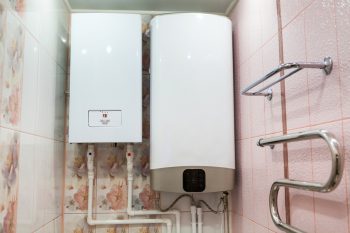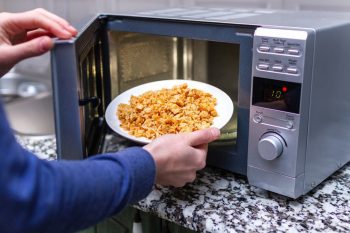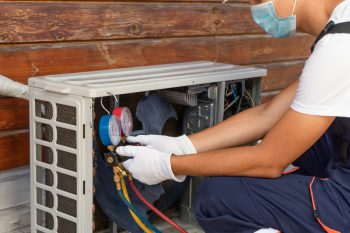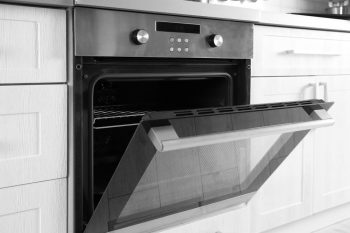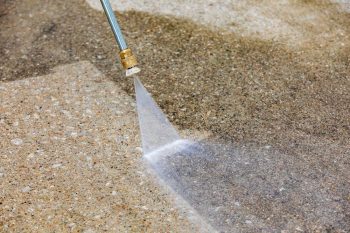
Are you finding it difficult to vacuum your home? Is your vacuum cleaner giving you a tough time, especially over carpeted surfaces? If you are facing any mobility issues with your vacuum cleaner, you don’t need to worry.
A vacuum cleaner works due to its suction power to absorb dust flawlessly off the surfaces. For that reason, we all wish for a vacuum with powerful suction.
However, this strong suction can sometimes become a big foe for the optimal performance of your vacuum. As the suction becomes very strong, it can make the vacuum hard to move and slows it down.
Sometimes, it even gets completely stuck in a place, unable to move, causing great frustration for you.
But you do not need to despair. We have some amazingly simple solutions to treat a vacuum cleaner that is difficult to handle. Below is an overview of the most common causes behind a struck vacuum.
Many people face the jamming of vacuum machines in one place and struggle with pushing them. There can be many reasons behind this, such as:
- Selection of wrong suction power setting.
- Tightly sealed air inlet valve.
- Wrong floorhead height adjustment
- A broken brush belt.
- Jammed brush bar or wheels.
You can adjust your vacuum according to the cleaning surface to prevent mobility issues.
In this article, we have gathered five easy, quick-fixing ideas to overcome the issues with the easy movement of your vacuum machine.
Reasons Why Your Vacuum Is Hard To Push
Vacuums make your life easy by cleaning your home for you. However, they can be difficult to deal with, especially when they get stuck in a place and get difficult to push.
We have explained five basic reasons you find your vacuum hard to push.
1. Selection of Wrong Suction Power Settings
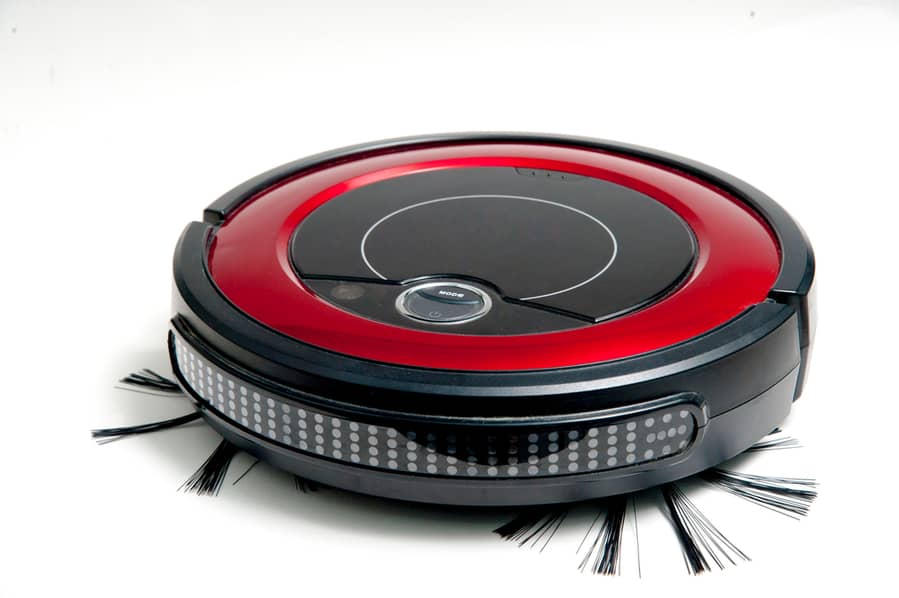
Most of us want our homes to be clean and our vacuum to do this job. To increase the efficiency of our vacuums, we often set them on the maximum suction setting.
Putting your vacuum in the highest setting is unnecessary to get the most out of it. However, it is among the common reasons your vacuum is often stuck and hard to move in certain areas.
There is an allocated suction mode to clean each type of surface. If you have a problem with one mode, you can easily switch to the lower setting to bring your vacuum back to work.
Most vacuum machines also come with a guide explaining what mode works better for which surface. This guide is the footprint to achieve the highest degree of cleaning without causing your machine to stuck-up in one place.
Although a lower suction power may reduce the vacuum’s cleaning efficiency to some extent, however, to resolve its mobility issues, lowering the suction can help your vacuum perform well.
2. Tightly Sealed Air Inlet Valve

An air inlet valve allows for the reduction of the suction power of the vacuum for a short period.
This valve allows another route for the air to pass through hence reducing the sucking power of the vacuum. These are useful for vacuuming carpets, rugs, and other fabrics.
The air inlet valves are commonly found in cylinder vacuums. However, these inlet valves are usually absent in most cordless vacuums.
You can rescue a stuck vacuum by opening the air inlet valve whenever cleaning a carpet or rug. This will make a huge difference and prevent the vacuum from getting blocked in a space.
3. Wrong Floorhead Height Adjustment
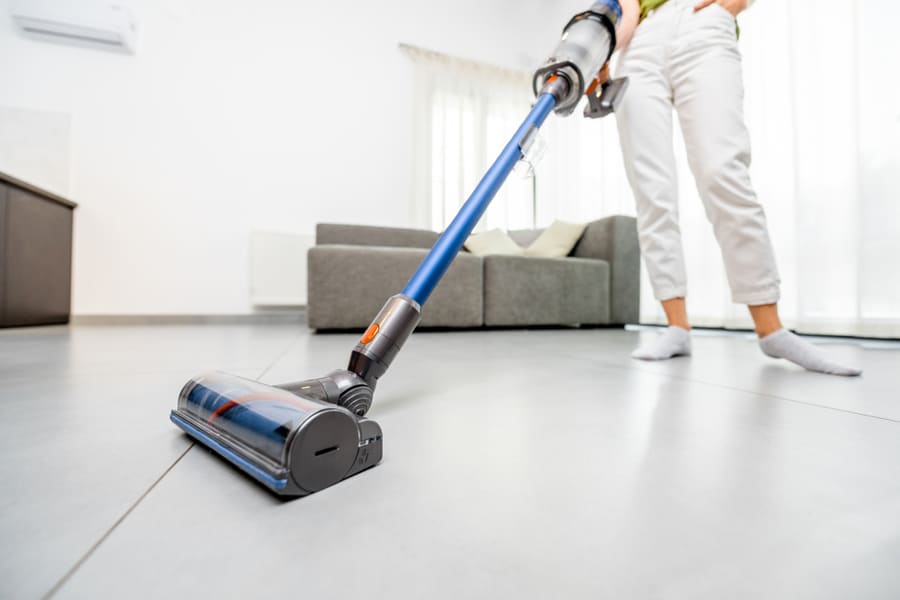
The touchpad adjusts the floorhead in some vacuums and through foot control in others. Some vacuums also contain specified buttons for adjustment of floorhead height.
Setting Brush Bar Too Low
Many people set the brush bar at its lowest setting, wondering if it will present the best and cleanest results. But, unfortunately, that is where the problems come in. A wrong height will make it difficult to push the vacuum machine.
This problem can be seen mostly with the carpets. As the vacuum is set lower, it will be too close to the carpet piles. As there will be no space for air to escape below the vacuum, it will get jammed in its place.
Setting Brush Bar Too High
Some people, from the fear of jamming of vacuum, set the floorhead height too high. This eventually makes the cleaning less effective.
You can adjust the height by checking the manufacturer’s guide. Moreover, you can also experiment with it on your own to see which height works best for what surface.
4. A Broken Brush Belt
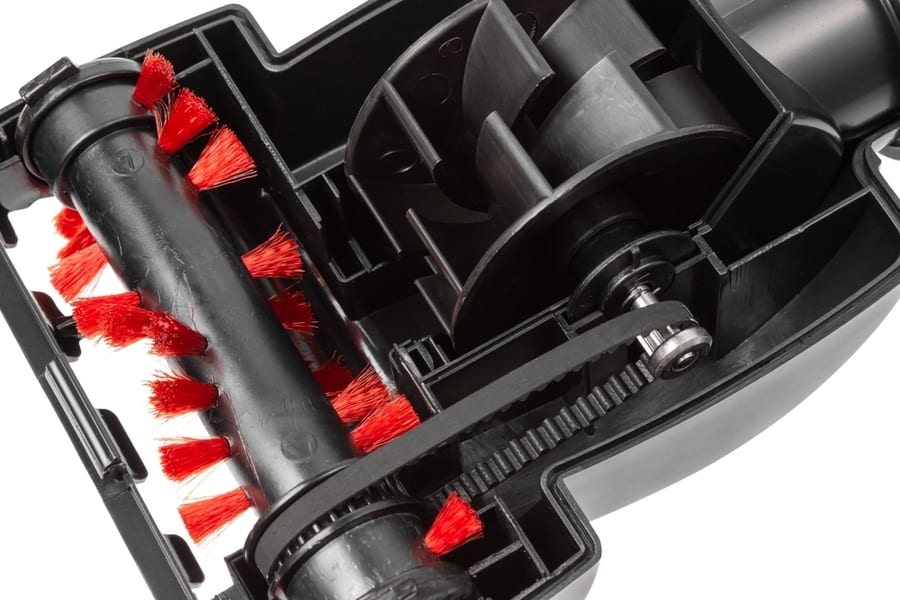
The brush of a vacuum machine is tied to a belt. Any damage to the brush belt can fail the vacuum from moving properly.
Since this belt always rotates, it often gets breakage at certain points. A broken belt means the vacuum cannot move or work.
You can check for a broken belt by tilting the vacuum on its back. Here, the brush roll will be visible.
Turn on the vacuum to see if the belt is properly rotating or is still in its place. If the bar is not rotating, it indicates that the belt is broken at some point.
You can replace the belt with a new one to resolve this issue. You can easily find the vacuum belt at any hardware store.
The only critical point is to get the right size belt for your vacuum. Once purchased, replacing is just a simple step. You can find the instructions in the manufacturer’s guide and easily replace it in a minute or two.
When turning on the vacuum, ensure you are not touching any of the machine’s moving parts.
5. Jammed Brush Bar or Wheels
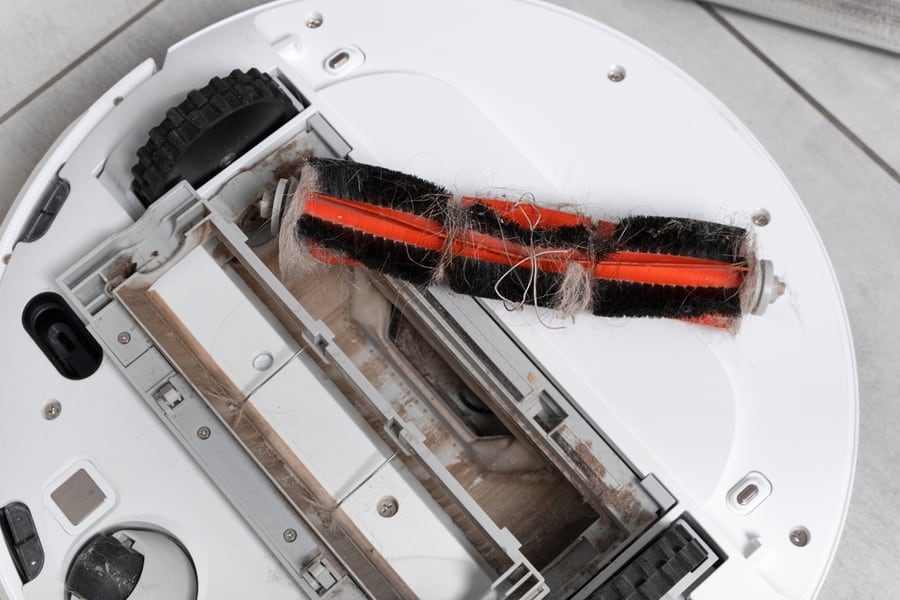
Sometimes, the belt is completely fine and intact. However, the immobility on the bottom of the vacuum is subjected to the jamming of the brush bar and wheels.
Jamming usually happens due to hair or threads wrapped around the moving bar. This makes the vacuum stuck at one point and makes it less effective in working. Hence, the vacuum machine is difficult to move.
To check for a jammed brush bar or wheels, you can turn off the vacuum and turn it back.
You can find any string or foreign objects wrapped around the brush bar, making it difficult to move. Then, using a soft brush, you can use scissors to cut the threads and clean them.
Some vacuums have a detachable bar. This feature allows you to detach it from the vacuum unit for effective cleaning easily.
While cleaning the bar, do not forget the wheels. The threads might also get wrapped around the wheels, jamming them in their place and making it difficult for them to rotate.
You can clean them to see a major difference in the functioning of your vacuum machine.
Conclusion
It can be frustrating to deal with a vacuum machine that is difficult to push. Instead, vacuuming should make your home cleaning easy and not difficult.
To deal with a jammed vacuum, you can select the right suction power for your unit and release a stuck vacuum by opening its air inlet valve and adjusting the height of the floorhead according to the surface.
Other ways to recover an immobile vacuum are to clean its brush bars and wheels and replace any broken belt.
Frequently Asked Questions
Can the Weight of My Vacuum Make It Difficult To Move?
Generally, heavy vacuums are more difficult to move as compared to light ones.
You can not resolve this issue by replacing your heavy vacuum machine with a light weighted one.
If the vacuum has an option for handheld mode, it can also be used to lift weight to increase its efficiency and minimize events of getting stuck.


